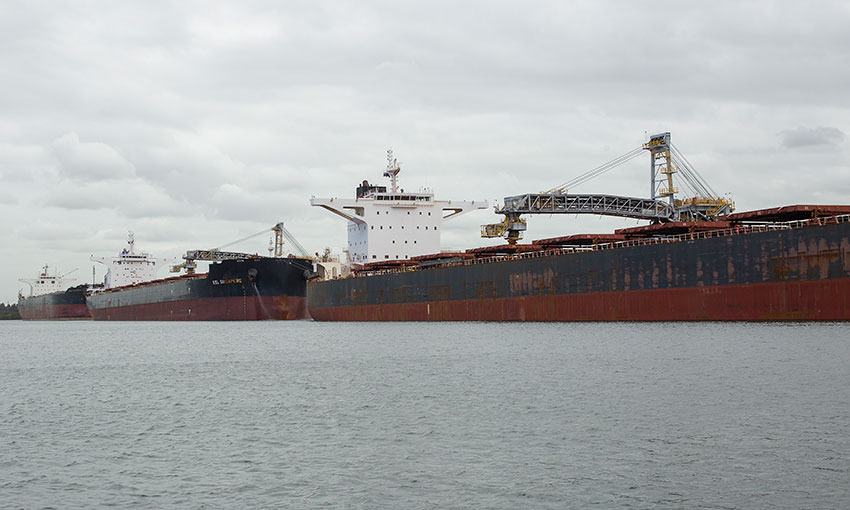NEARLY two years after China effectively cut off Australian coal exports the commodity is setting price and tonnage records as new export markets open and long-standing buyers seek more coal to ease a global energy shortage.
Even Europe, which had been moth-balling coal-fired generation to meet its ambitious emissions reduction targets, has told its nation states to bring coal stations out of retirement on a “temporary basis” to enable the EU to quickly reduce its reliance on Russian natural gas following the invasion of Ukraine. Germany, for instance, expects to boost its coal-fired generation fourfold by winter, five months away. Austria, Italy and the Netherlands have also indicated they will increase coal generated energy in the short term. Although Australia isn’t a traditional supplier of thermal coal to Europe, buying from the US and other suppliers – combined with port and rail congestion and declining investment globally in coal capacity – will exert pressure on supplies and prices in all markets.
The June quarter Resource and Energy Quarterly (REQ) report by Australia’s chief economist posted on Monday paints a remarkably glowing picture of how this complex geo-political situation is benefiting the country’s key commodity exports, coal in particular, despite the bans and higher tariffs imposed by our biggest trading partner, China, on a range of products. Coal (along with wine) was the hardest hit. One senior minerals industry figure told DCN he wasn’t aware of any miner shipping coal to China at the moment. Despite this, the price of FOB thermal coal at Newcastle is just under US$400 a tonne. Three years ago it was US$50-US70, which was regarded “as not too bad” according to the senior figure. Since that time rising demand from India, Japan, South Korea, Taiwan and “other Asia” has pushed the Australian price to its current dizzy heights.
The Chief Economist says in the latest REQ, “Since the March 2022 Resources and Energy Quarterly, coal prices have been pushed to record highs. The outlook is for the prices of energy commodities to remain strong for longer than previously forecast as western nations look for alternatives to Russian energy supplies. However, while these high prices will persist for longer, they are likely to further accelerate the push towards renewable energy in the medium-term.” It is ironic that Europe is further tightening its carbon dioxide emissions targets while extending the life of coal-fired power stations in retirement or due to be retired. Overall resource and energy exports are estimated to be up $100 billion to $405 billion in 2021-22 (down from the March estimate of $425 billion) but forecast to hit $419 billion in 2022-23 (well up from the March forecast of $370 billion).
The report is good news too for dry bulk carrier operators. The REQ seems to be giving them an extension to the buoyant trading conditions that have produced record freight rates and earnings over the past two years and led many key industry figures to question how long these fertile conditions could last. One recently commented, “… shipping lines are more profitable than the banks at the moment. It’s the market of a lifetime for them”.
The outlook is not so rosy for one commodity that relies almost entirely on the Chinese market, Australia’s most valuable export, iron ore. Iron ore sales are expected to be static in terms of volume over the next two years but fall sharply in value thanks mainly to the recovery of Brazilian supply, but also other global producers.





